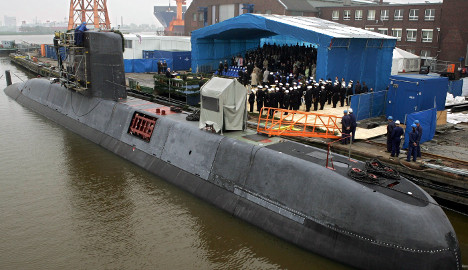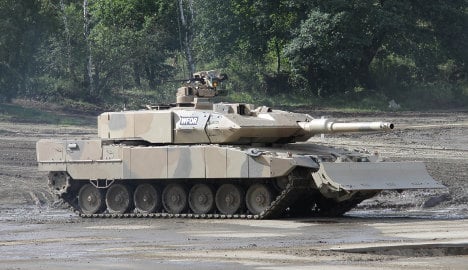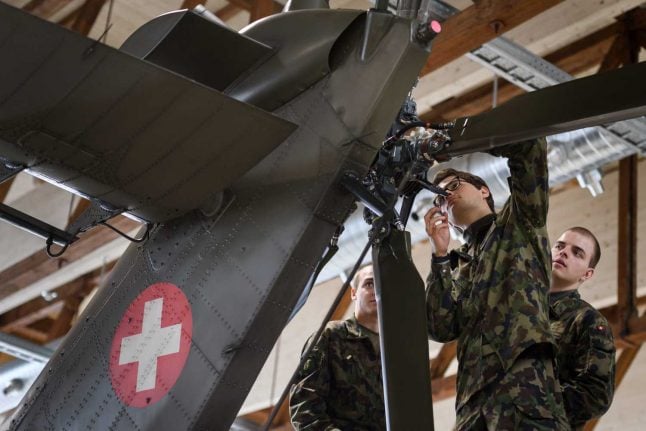“It's not a conscious policy decision” that has produced the fall in exports, Pieter Wezeman of the Stockholm International Peace Research Institute (SIPRI), which produced the data, told The Local.
“Policy change, as far as it happened, came in with the new government [following the September 2013 elections]. And it's not entirely clear what their change in policy has been.”
One topic that has dominated headlines in recent months is arms exports to the Middle East – a fraught topic for Germany, which historically has preferred to steer clear of exporting weapons to conflict zones.
Even decisions to deliver military surplus weapons to Kurdish forces fighting Isis in Syria and Iraq, or non-lethal equipment such as engineering vehicles to Saudi Arabia, have been hotly contested.
But Germany has continued to sign controversial contracts which have attracted less attention, such as the planned delivery of four submarines to Egypt.
'Anything that swims, goes'
“Especially the Egypt deal has made clear that Germany is willing to deliver certain types of arms,” Wezeman said.
“Considering they have allowed exports to Egypt, there's a good chance that Saudi Arabia would get submarines if they wanted such a deal.
“There's an old German saying in this field, from the former Foreign Minister Hans-Dietrich Genscher [1974-1992]: 'Anything that swims, goes'.”

Germany has generally allowed naval equipment to reach Middle Eastern customers unhindered, Wezeman explains, while stopping short of delivering tanks or other land warfare weapons.
But that could be changing, with Algeria recently having placed a large order for armoured vehicles – meaning that Germany will contribute to the build-up of Africa's largest weapons importer.
SIPRI figures show that Algeria has been the biggest importer of arms on the continent for two consecutive five-year periods.
Europe slims down
Other areas of the world have seen demand for German arms fall back in recent years, especially Europe.
“There was no clear threat perception which warranted investment in lots of arms, and the financial crisis put pressure on to save money even more,” Wezemann said.
“That might change a bit with the situation in Ukraine, countries like Poland are considering investing even more in their armed forces.”
SIPRI found that arms imports in Europe decreased by 36 percent in 2009-14 compared with 2005-09.
But several states bordering Russia have now increased their spending plans.
Sweden, recently announced budget increases for its military following repeated probing of its airspace and national waters by Russia.
Meanwhile, the USA remains Germany's most valuable and most regular customer, topping the table of spending on German arms.
World market grows 16 percent
The world arms market grew overall by 16 percent between the two five-year periods 2005-09 and 2009-14.
China was the big winner of the SIPRI study, with its exports growing 143 percent, pushing it past Germany into third place after the US and Russia.
But at 5 percent of total world exports it is well behind the two leaders, who supply 31 percent and 27 percent of arms exports respectively.
Germany and France, meanwhile, come in at fourth and fifth place.
India, Saudi Arabia, China and the United Arab Emirates were the top five weapons importers for the most recent period.



 Please whitelist us to continue reading.
Please whitelist us to continue reading.
Member comments